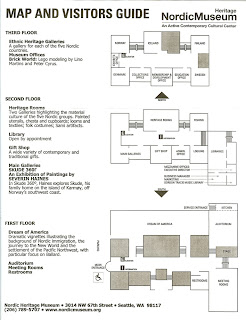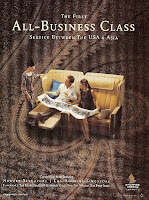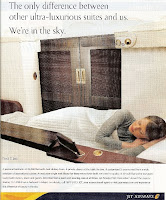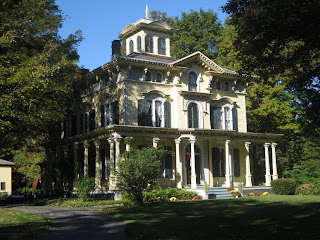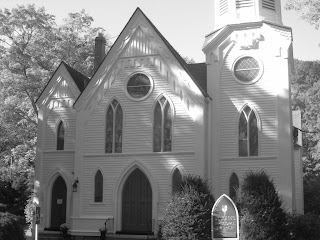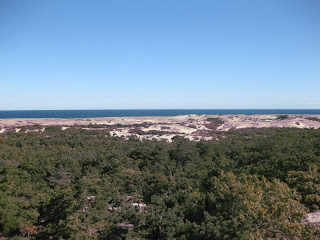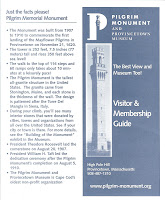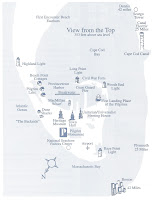
The exhibit Lucy’s Legacy: The Hidden Treasures of Ethiopia is at the Pacific Science Center and runs from Oct 4, 2008 to March 8, 2009. Lucy is the fossil AL 288-1, a 40% complete skeleton found in 1974 in Ethiopia and estimated to be about 3.2 million years old. She was a significant fossil find because she shows evidence of walking upright (bipedal) like humans, yet had the brain size of an ape. Her fossil lends support to the idea that bipedalism preceded large brain size.
Lucy is on a six-year tour of the United States and she is currently in Seattle. It costs 21 dollars for adult admission.
Travelmarx thoughts on the exhibit? We liked Lucy but not the layout of the exhibit. The curators try to set the context of Ethiopia, the country, before anything about Lucy is mentioned. In fact more than one half of the exhibit is a quick rundown of the major points in Ethiopian history from about 10,000 BCE to the early 20th century. While interesting in itself, it really has a disorienting effect because you walk in expecting Lucy and you don’t see her. By the time you reach the part about Lucy, you will probably be tired and not able to drum up the wonder that Lucy deserves. Also, the transition from the historical background to Lucy’s Legacy part is quite abrupt. You are reading about Haile Selassie I of Ethiopia (1892 – 1975) and then the next stop is where Lucy was found. (Did you know that when Haile Selassie became king he became known as Ras Tafari from which the Rastafari or Rastafarian movement takes its name? )
Our suggestion: go straight to the part about Lucy, see that and then work your way backward time permitting.
Lucy was found by American anthropologist Donald Johanson and is she is named after the Beatles’ song Lucy in the Sky with Diamonds. Lucy’s scientific name is Australopithecus afarensis which means “southern ape of the Afar region” – but, technically, she isn’t an ape so the name is a bit misleading.

